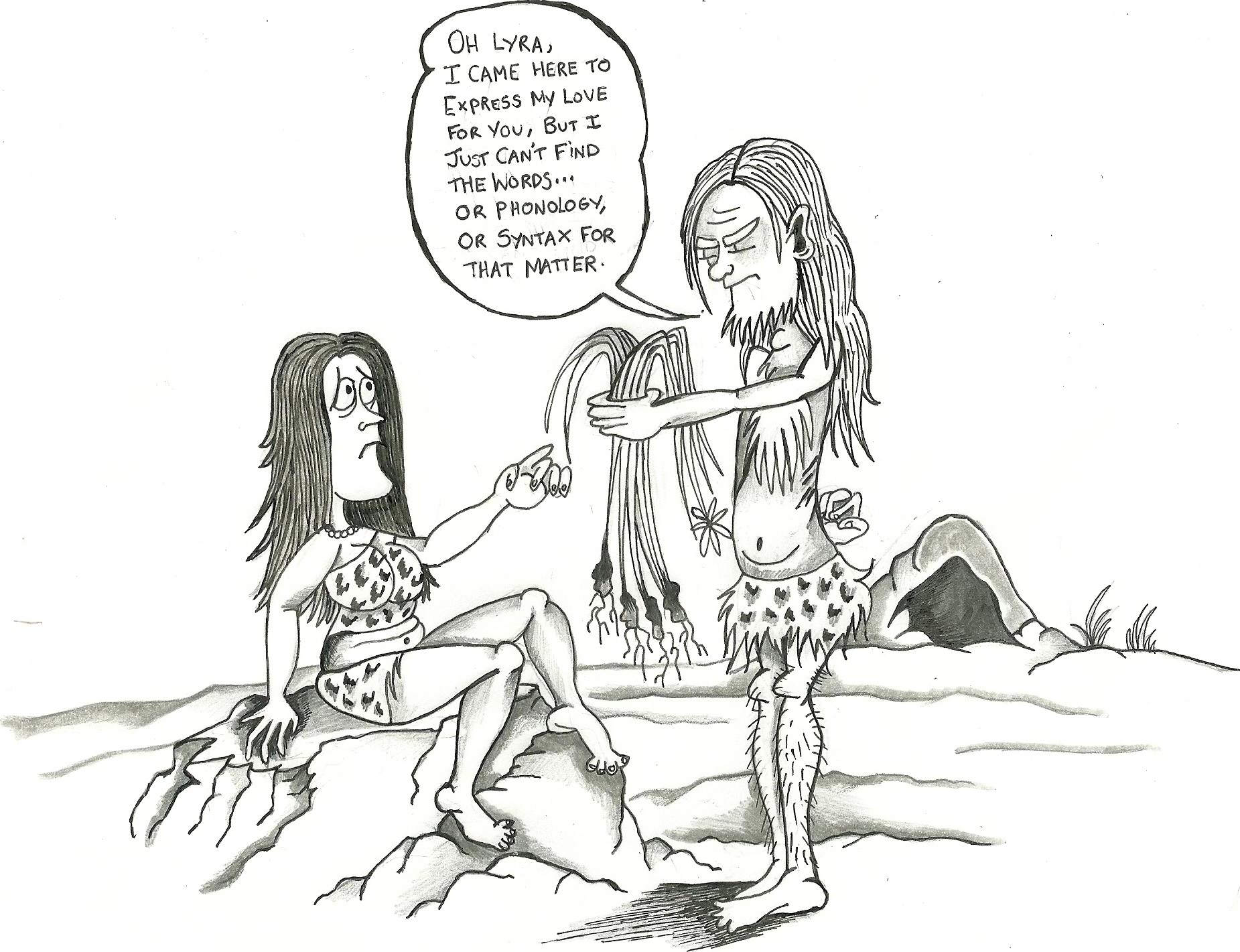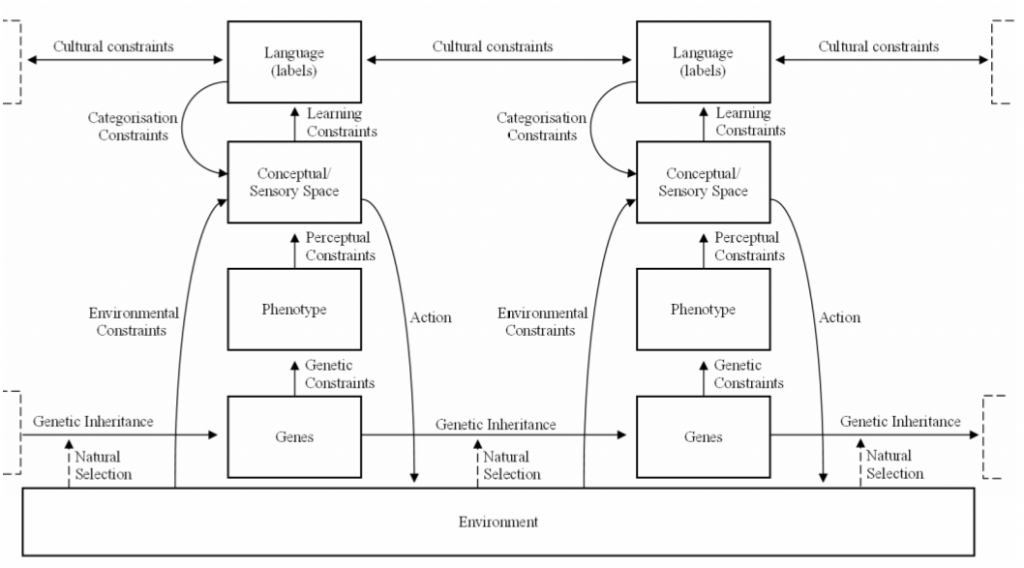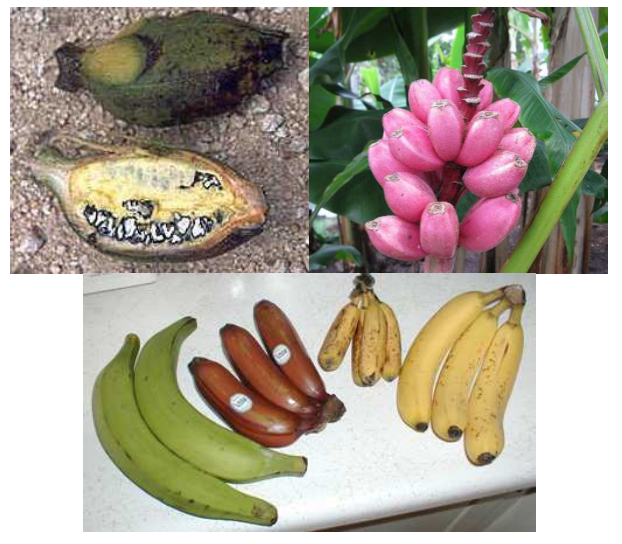Over at the Psychology Today blog complex, Joseph Carroll is taking Norman Holland to task on remarks that Holland made concerning the relationship between the reader of a literary text and the text itself. Though I disagree with Carroll on many matters, I agree with him on this one particular issue. Beyond that, I think his critique of Holland can also be applied to Susan Blackmore’s equivocations on memes. Here’s what Carroll says about Holland:
This whole way of thinking is a form of scholastic sophistry, useless and sterile. It produces verbal arguments that consist only in fabricated and unnecessary confusions, confusions like that which you produce as your conclusion in the passage you cited from your book: “the reader constructs everything” (p. 176). This conclusion seems plausible because it slyly blends two separate meanings of the word “constructs.” One meaning is that our brains assemble percepts into mental images. That meaning is correct. The other meaning is that our brains assemble percepts that are not radically constrained by the signals produced in the book. That meaning is incorrect. Once you have this kind of ambiguity at work for you, you can shuffle back and forth between the two meanings, sometimes suggesting the quite radical notion that books don’t “impose” any constraints—any meanings—on readers; and sometimes retreating into the safety of the correct meaning: that our brains assemble percepts.
Blackmore equivocates in a similar fashion on the question of whether or not memes are active agents. Here’s a snippet from a TED talk she gave last year:
The way to think about memes, though, is to think, why do they spread? They’re selfish information, they get copied if they can. But some of them will be copied because they’re good, or true, or useful, or beautiful. Some of them will be copied even though they’re not. Some, it’s quite hard to tell why.
Here she talks of memes as though they are agents of some kind, they’re selfish and they try to get copied. A bit later she says:
So think of it this way. Imagine a world full of brains and far more memes than can possibly find homes. The memes are trying to get copied, trying, in inverted commas, i.e., that’s the shorthand for, if they can get copied they will. They’re using you and me as their propagating copying machinery, and we are the meme machines.
Here memes are using us as machines for propagating themselves. And then we have this passage where she talks about a war between memes and genes:
So you get an arms race between the genes which are trying to get the humans to have small economical brains and not waste their time copying all this stuff, and the memes themselves, like the sounds that people made and copied – in other words, what turned out to be language – competing to get the brains to get bigger and bigger. So the big brain on this theory of driven by the memes.
The term “meme,” as we know, was coined by Richard Dawkins, who is also responsible for anthropomorphizing genes as selfish agents in biological evolution. Dawkins knows perfectly well that genes aren’t agents, and is quite capable of explicating that selfishness in terms that eliminate the anthropomorphism, which is but a useful shorthand, albeit a shorthand that has caused a great deal of mischief.




